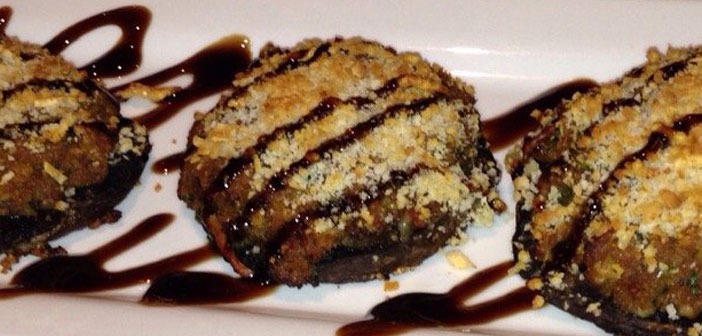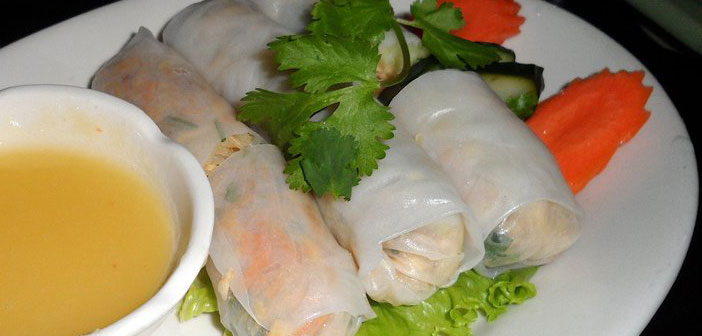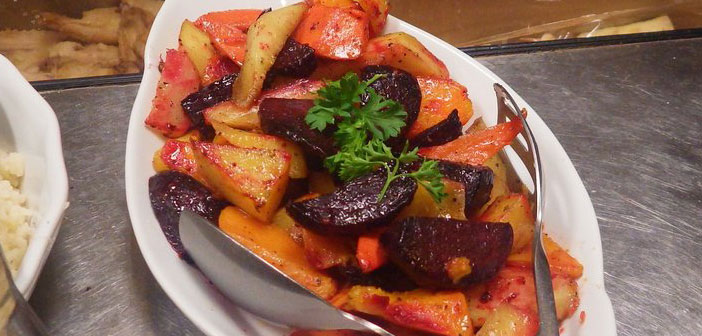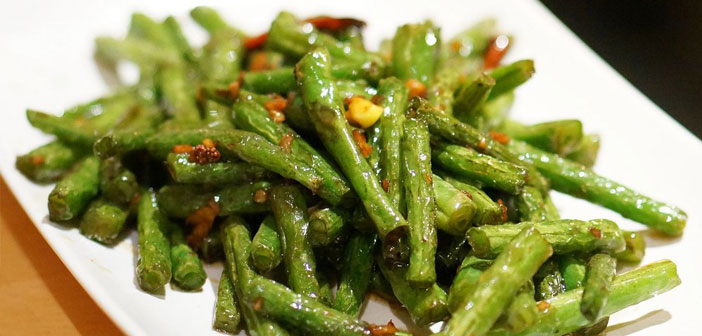Zen Monk Diet
The diet's purpose is to cleanse the body using only vegetarian based foods, without having to kill and harm an animal for consumption. Eating meat has its share of ill effects being foods rich in cholesterol, enhancing the accumulation fat thus leading to a lot of diseases that sprout up from meat-eating.
Buddhists believe that by allowing only what is nature-esque into their system, one is able to live more peacefully and at one with what surrounds them. The health benefits of a diet that is rich in fiber and minerals is recognized, although there are certain drawbacks in the diet, like lack of protein. The macrobiotic diet follows the same guidelines as that of the Zen monk diet, although not as strict when it comes to meat. Fish is the only meat-based food that is allowed and eaten in moderation as part of the macrobiotic diet.
Brief History Behind the Zen Monk Diet
The Zen monk diet is a focused dietary practice that isn't easy for one to adhere to, since the rules are stiff and aren't flexible. It all started in ancient China where monks in Zen monasteries would only consume two meals a day, one during the early hours of the morning and then during lunch time.
To suppress hunger pangs during the winter season especially, they'd place warm stones on their bellies to reduce the sensation. The diet has evolved from being stringent to now a little more easy on the system by including a variety of seasonings and vegetables as part of the diet.
Because our systems need nutrition in adequate and not diminished quantities, the diet has incorporated filling dishes. The evening meal that is now part of the diet in today's time, is known as yakuseki and has been practiced as an additional meal for years now. The foods in the diet can be either boiled, roasted, fried or even steamed, using only fresh produce as part of the meals.
Dish Varieties in the Zen Monk Diet
Starting on this diet is fairly simple, although it does take a lot of adherence on one's part. The positive point of this diet is that if you suffer from obesity related troubles, it is sure to get your weight down and meeting BMI standards. Even if you'd like to switch to a healthy diet that doesn't include junk food, and the overindulgence that comes with sugary and salty eats, then this diet will help you practice the art of snuffing temptation when it beckons you. It is a simple, economical and a healthy vegetarian diet, that will do wonders not just for your health but your financial status as well. The diet has within it the following dish choices.
- Eggplant
- Suisen (kudzu vine)
- Kamo squash
- Udo
- Pumpkin
- Rape blossoms
- Butterburs
- Sweet potato
- Bracken
- Somen noodles
- Taro
- Chestnuts
- Horikawa burdocks
- Shimeji and shiitake mushrooms
- Bamboo shoots
- Raw fu
- Mibu greens
- Tofu
- Hirousu (fried tofu dumplings)
- Shrimp taro
- Sushi
- Ginkgo nuts
- Yuba
- Miso soup
- Kintoki carrots
- String beans
- Pickles
- Japanese radish
- Mekabu (seaweed)
- Lotus root
It is important to understand that this diet can be followed after consulting a doctor first, since your diet will have to drastically take on a simpler set of food sources, compared to what it is currently used to. Start off on the diet slowly, gradually taking it up a level as the days progress. Eliminate meats slowly from the diet, and introduce fish into it, should you want to follow the macrobiotic way instead. It allows you to concentrate more on what is easily available and abundant in minerals and vitamins, while taming your senses to get used to the subtle flavors that you can make rich by using organic spices / herbs. The diet can cure a lot of problems that we face daily, cleansing our bodies as we go along such a plan.
Related Articles
-
High Protein Foods for Vegetarians
Most people are of the belief that only meat-based foods are good sour
-
Grilled Stuffed Portobello Mushrooms
-
Vegetable Paella
-
Baked Potatoes with Vegetables
-
Summer Vegetable Saute
-
High Protein Low Carb Diet for Vegetarians
High protein low carb diet for vegetarians is one of the most effectiv
- DON'T MISS
- High Protein Low Carb Diet for Vegetarians
- Green Beans with Mustard Shallots and Bacon
- Grilled Stuffed Portobello Mushrooms
- Vegetarian Diets that Work Fast for Women
- Advantages and Disadvantages of Being Vegetarian
- Summer Vegetable Saute
- Zen Monk Diet
- High Protein Foods for Vegetarians
- Baked Potatoes with Vegetables
- Cabbage and Potato Saute



